In defense of the semicolon
Kurt Vonnegut called the semicolon a "transvestite hermaphrodite representing absolutely nothing." He was wrong.

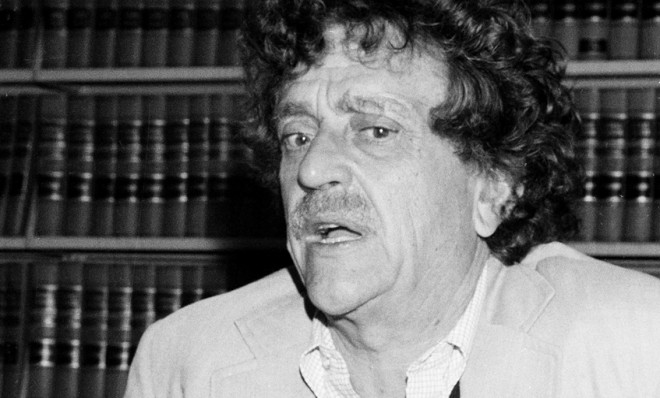
Among the latest shocking news in the world of lexicography is that "tl;dr" has been added to the Oxford Dictionaries Online. This is remarkable for two reasons. First, it may be the only initialism ever in common use — common colloquial use, yet — to include a semicolon. Second, the semicolon is used correctly.
The semicolon is not the most abused punctuation mark; that prize goes to the apostrophe. But I suspect that no punctuation mark is more threatening or despised than the semicolon. And yes, it's also heavily misused. Which is in itself odd; you see, the rules for its use are breathtakingly simple. And it's a very useful little mark when used well.
Now, lots of people hate the semicolon. Here's The Washington Post's Bill Walsh: "The semicolon is an ugly bastard, and I try to avoid it." And Vanity Fair's James Wolcott: "The semicolon adds a note of formality, and informality has been all the rage for decades. 'Real' writing is butch and cinematic, so emphatic and declarative that it has no need of these rest stops or hinges between phrases."
The Week
Escape your echo chamber. Get the facts behind the news, plus analysis from multiple perspectives.

Sign up for The Week's Free Newsletters
From our morning news briefing to a weekly Good News Newsletter, get the best of The Week delivered directly to your inbox.
From our morning news briefing to a weekly Good News Newsletter, get the best of The Week delivered directly to your inbox.
And then there's Kurt Vonnegut, an author whose opinions carry well-deserved weight. Vonnegut is widely quoted maligning the punctuation mark: "Do not use semicolons. They are transvestite hermaphrodites representing absolutely nothing. All they do is show you've been to college."
I don't agree with Vonnegut's apparently negative attitude toward transvestite hermaphrodites ... but that's a separate issue. He's also wrong about semicolons.
I used semicolons before I went to college, and I know I'm not the only one. I'm sure much of the "tl;dr" crowd haven't been to college either. But let's assume that displaying the hallmarks of more complex thought does suggest that you've been to college. And? That's somehow a bad thing?
Contrast with Vonnegut's take the view of Lewis Thomas in The Medusa and the Snail: More Notes of a Biology Watcher:
A free daily email with the biggest news stories of the day – and the best features from TheWeek.com
It is almost always a greater pleasure to come across a semicolon than a period. The period tells you that that is that; if you didn't get all the meaning you wanted or expected, anyway you got all the writer intended to parcel out and now you have to move along. But with a semicolon there you get a pleasant little feeling of expectancy; there is more to come; to read on; it will get clearer. [The Medusa and the Snail]
The semicolon is not really about taking yourself deadly seriously, but rather about leading the reader along. We may think of semicolons as professorial, but what if they're really the textual equivalent of "uptalk"? How can you take seriously a punctuation mark that's like a green light and a red light showing together?
Let's briefly review the history of semicolons. Their origins are Greek. In Greek, ; is a question mark. And that was that until the year Columbus reached Jamaica, 1494. That year, an Italian printer named Aldus Manutius added the semicolon to a Roman typeface. It came to be used for a pause intermediate between a comma and a period.
But exactly what kind of pause? There are many kinds, and you can't reliably go by length. It has taken the intervening centuries to decide on the best way to use semicolons. Their value only came to be clearly standardized when people — at least some people — realized that commas, periods, colons, and semicolons mark syntactic relationships, which are not entirely the same as pauses in speech.
So what is the incredibly simple rule for using a semicolon? There are just two places to use it: to separate items in a list when the items have commas in them, so you can't separate them with commas because then it's not clear where one item stops and another starts; and wherever you would otherwise use a period, but you want to indicate that the two sentences are really part of the same thought. It draws the reader in; it's a wink that entices, or the rising intonation at the end of a sentence that says, "Wait, there's more."
Think of a colon as a pair of eyes, looking expectantly, because what's on one side depends in some way on what's on the other side; think of a semicolon as like a tightrope walker, with the clauses on either side forming the balance beam, because they have equal weight.
Could you go through life without using semicolons? Yes, you could. Vonnegut did. If you're at all tempted to use a semicolon where a colon is appropriate, such as to introduce a list, or where a comma is best, such as right in the middle of a clause (between a verb and its object, for instance), keep your finger off that key. But beware. If you eschew the semicolon altogether, you have one less way of making thoughts and words flow smoothly. Your prose will be punchier, but it will also be more disjointed. It will be like always setting down your fork between bites. It will, perhaps, force you to write like you've never been to college.
But is the semicolon really just a snooty "I have bigger thoughts than you" mark? If so, what the heck is it doing in "tl;dr"? Right in the heart of the ultimate "I can't be bothered with big thoughts" statement is this little "come on" wink. It's not "Too long. Didn't read." That simply makes two statements. It's not "Too long, didn't read"; that would be a comma splice — both parts are complete clauses, with an implied "it is" in the first and "I" in the second, so a comma isn't appropriate. No, it's "Too long; didn't read," because they're independent clauses but parts of the same thought. And that thought is not "I've been to college."
James Harbeck is a professional word taster and sentence sommelier (an editor trained in linguistics). He is the author of the blog Sesquiotica and the book Songs of Love and Grammar.
-
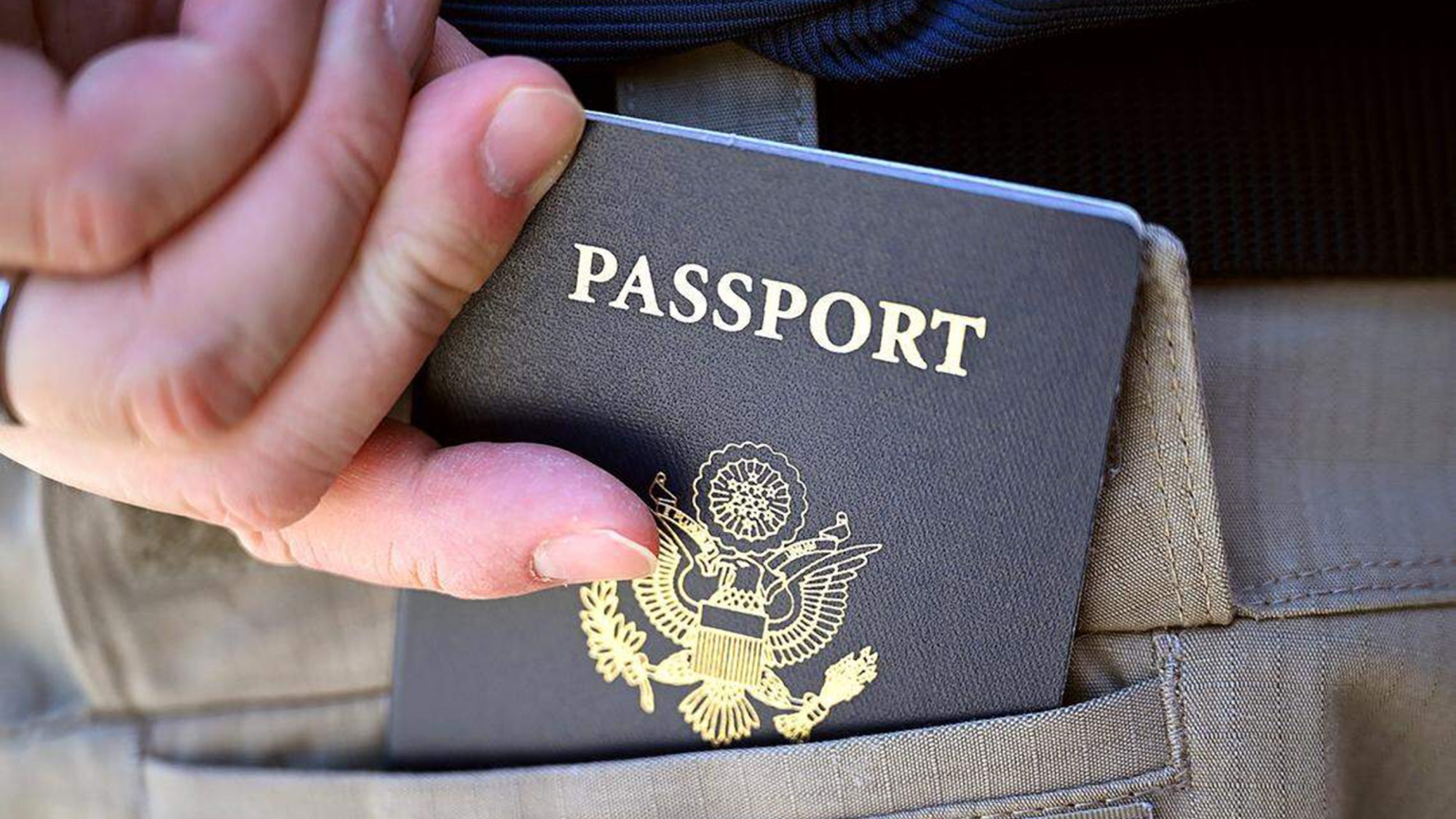 US citizens are carrying passports amid ICE fears
US citizens are carrying passports amid ICE fearsThe Explainer ‘You do what you have to do to avoid problems,’ one person told The Guardian
-
 All roads to Ukraine-Russia peace run through Donetsk
All roads to Ukraine-Russia peace run through DonetskIN THE SPOTLIGHT Volodymyr Zelenskyy is floating a major concession on one of the thorniest issues in the complex negotiations between Ukraine and Russia
-
 Why is Trump killing off clean energy?
Why is Trump killing off clean energy?Today's Big Question The president halts offshore wind farm construction
-
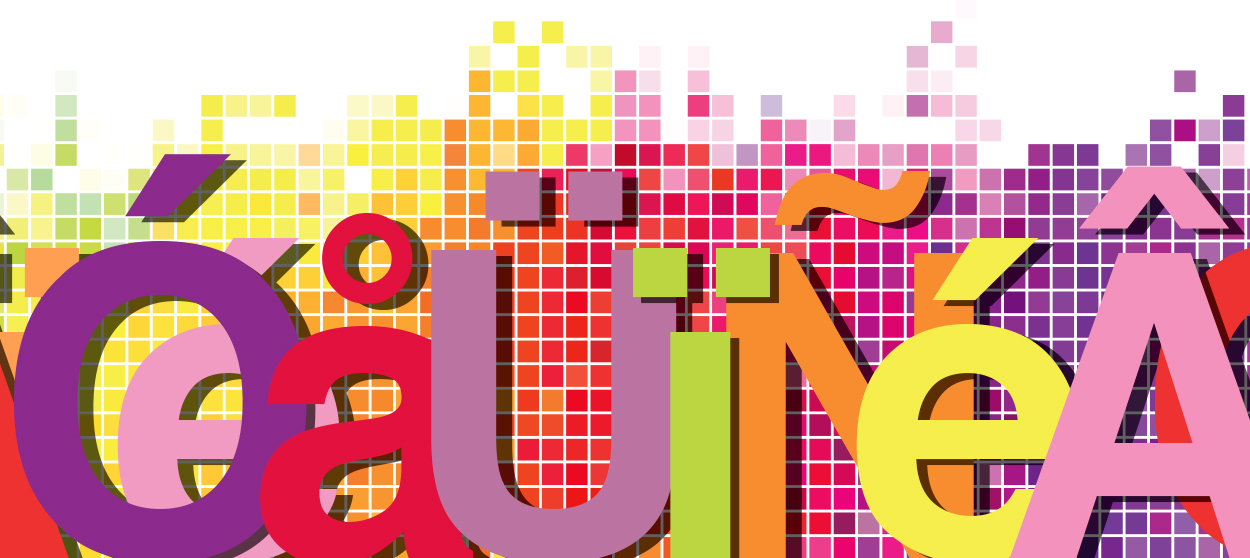 In the future, will the English language be full of accented characters?
In the future, will the English language be full of accented characters?The Explainer They may look funny, but they're probably here to stay
-
 10 signature foods with borrowed names
10 signature foods with borrowed namesThe Explainer Tempura, tajine, tzatziki, and other dishes whose names aren't from the cultures that made them famous
-
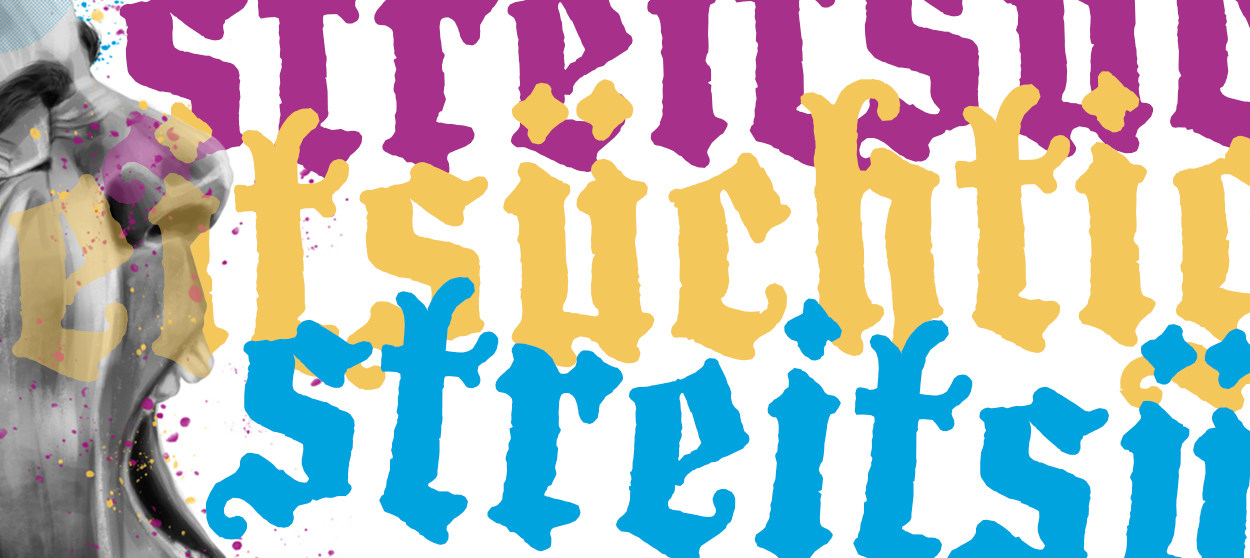 There's a perfect German word for America's perpetually enraged culture
There's a perfect German word for America's perpetually enraged cultureThe Explainer We've become addicted to conflict, and it's only getting worse
-
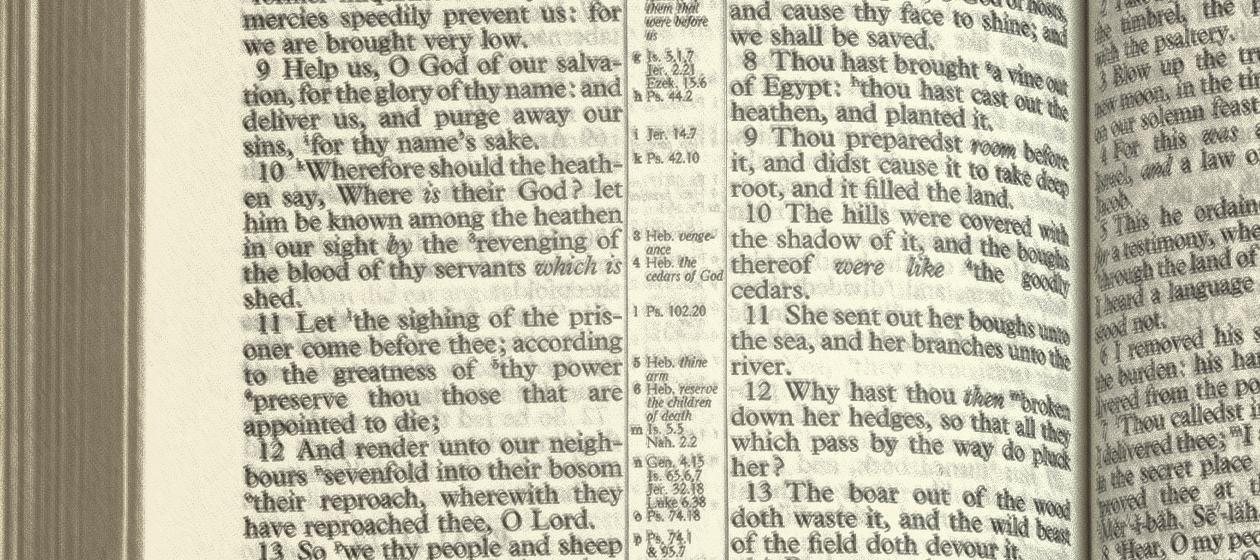 The death of sacred speech
The death of sacred speechThe Explainer Sacred words and moral terms are vanishing in the English-speaking world. Here’s why it matters.
-
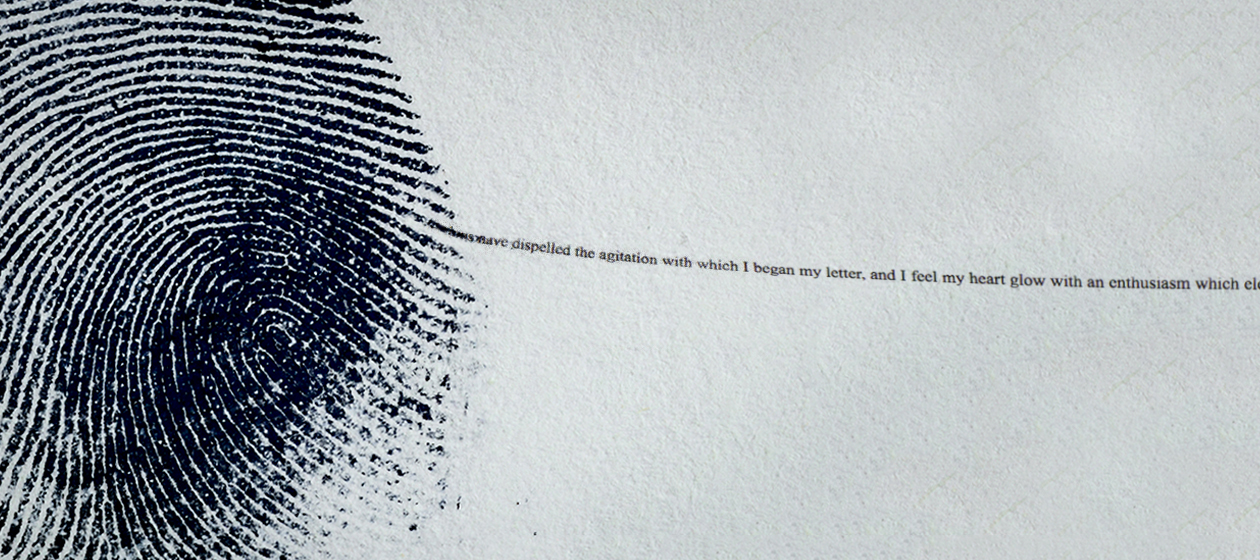 The delicate art of using linguistics to identify an anonymous author
The delicate art of using linguistics to identify an anonymous authorThe Explainer The words we choose — and how we use them — can be powerful clues
-
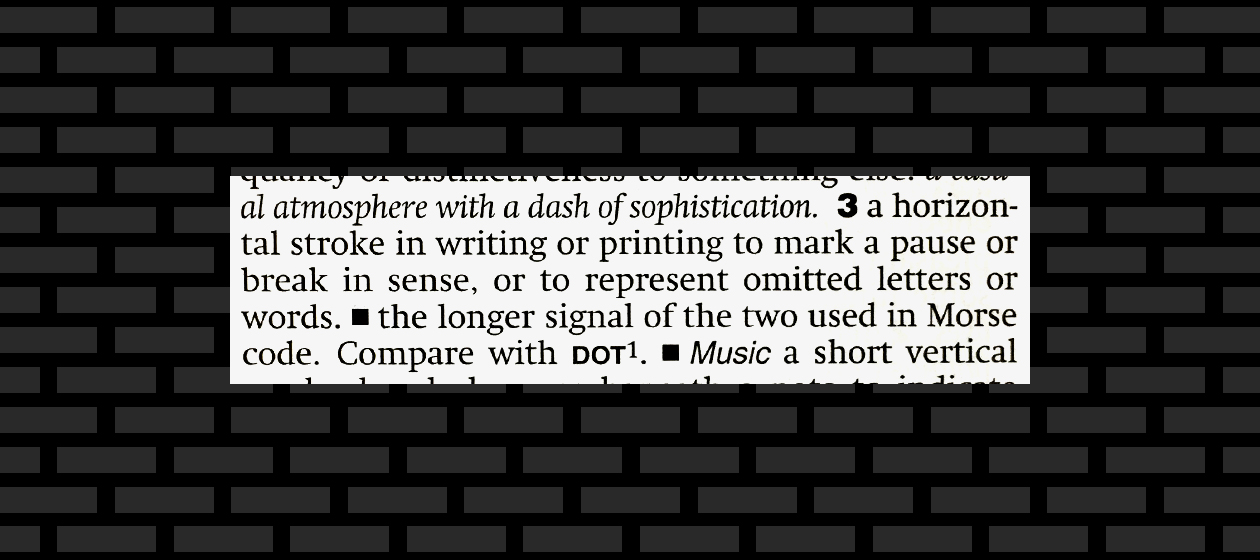 Dashes and hyphens: A comprehensive guide
Dashes and hyphens: A comprehensive guideThe Explainer Everything you wanted to know about dashes but were afraid to ask
-
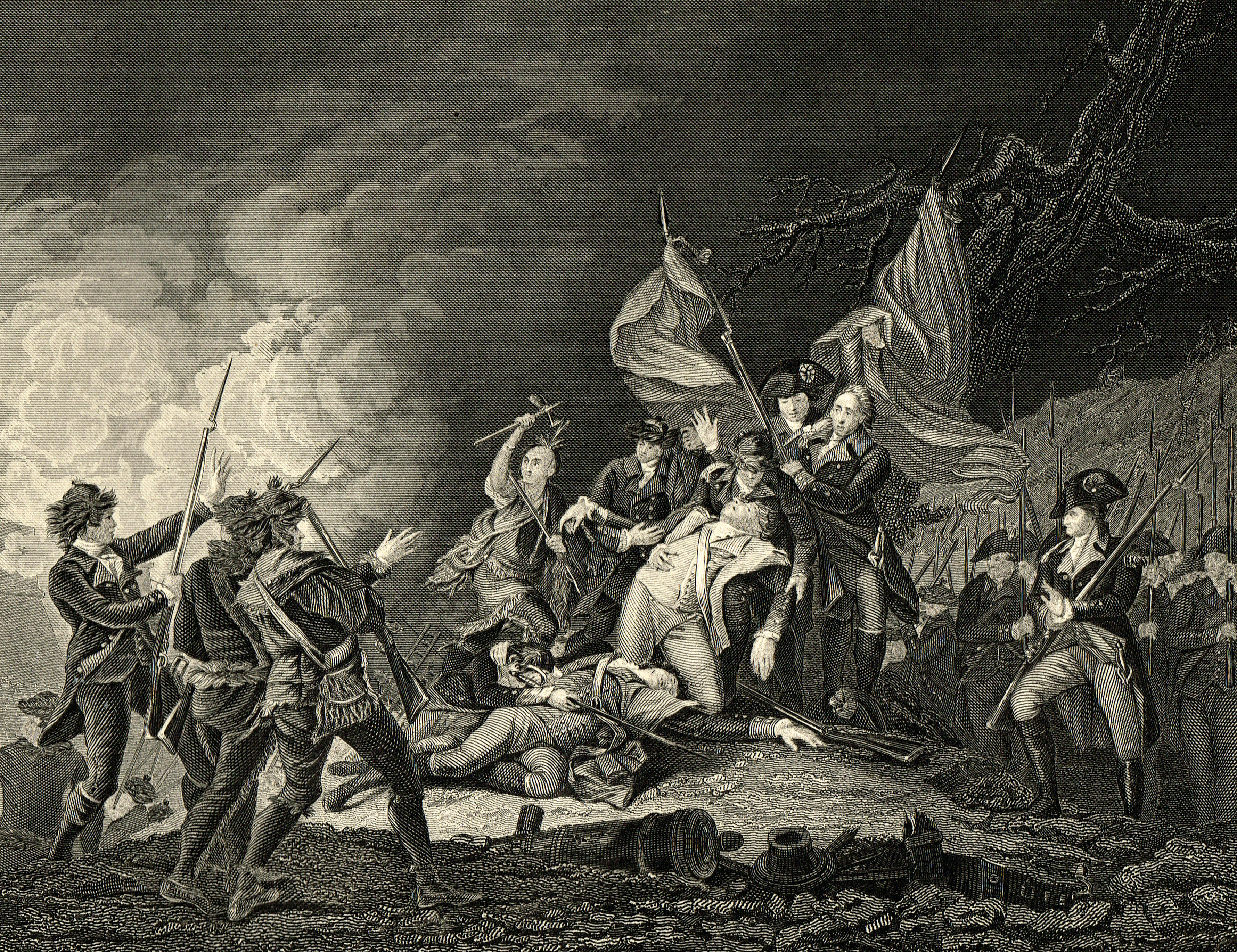 A brief history of Canadian-American relations
A brief history of Canadian-American relationsThe Explainer President Trump has opened a rift with one of America's closest allies. But things have been worse.
-
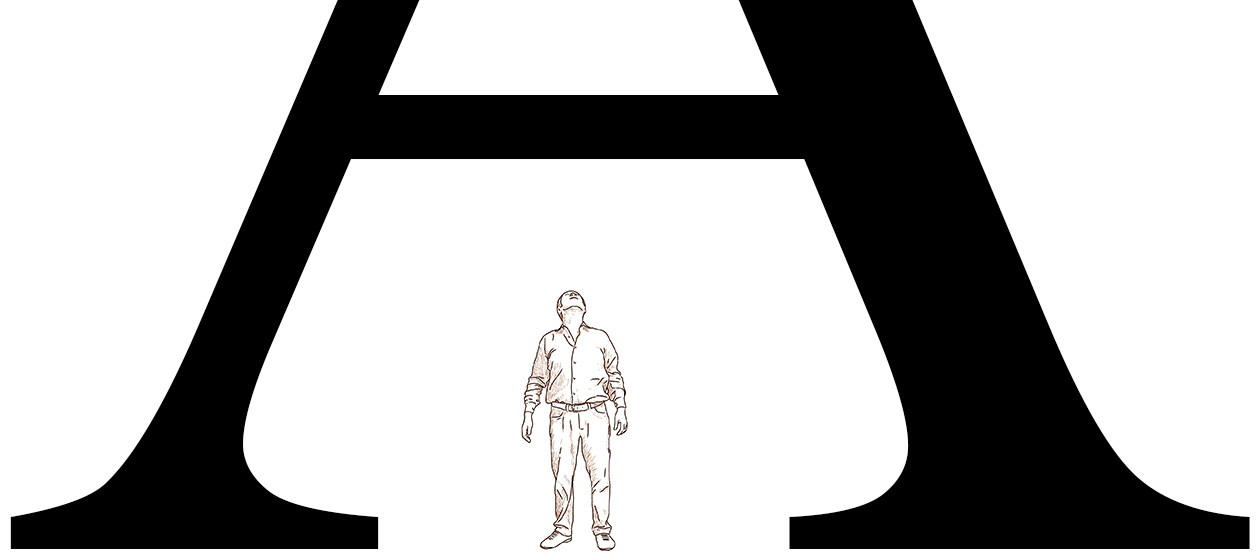 The new rules of CaPiTaLiZaTiOn
The new rules of CaPiTaLiZaTiOnThe Explainer The rules for capitalizing letters are totally arbitrary. So I wrote new rules.
